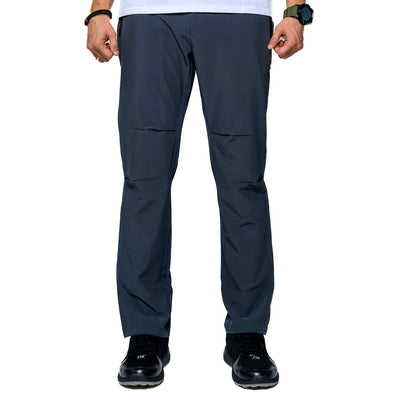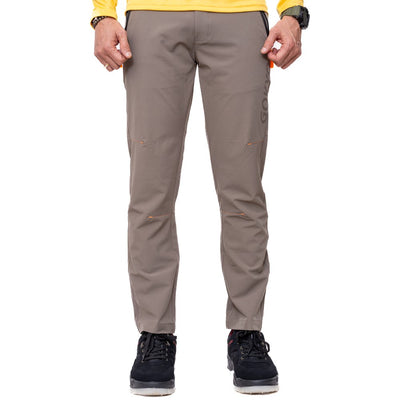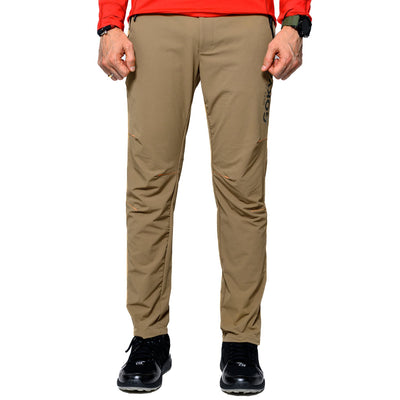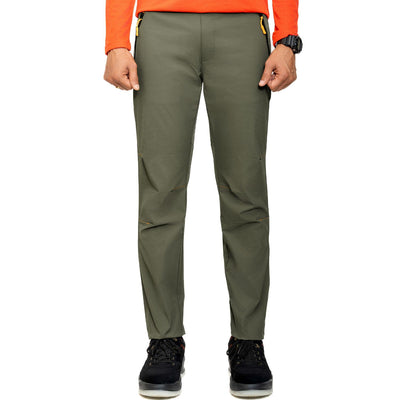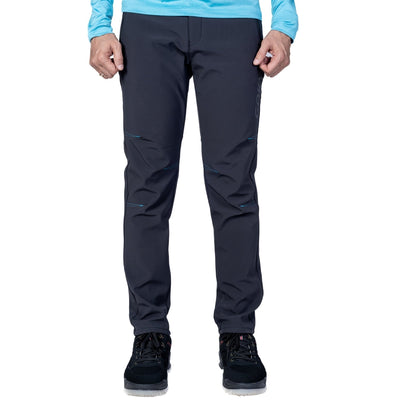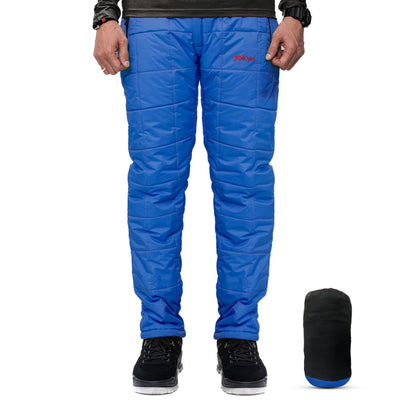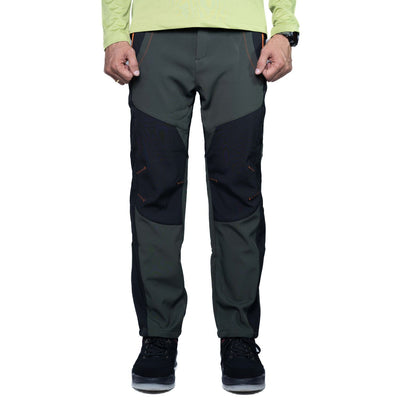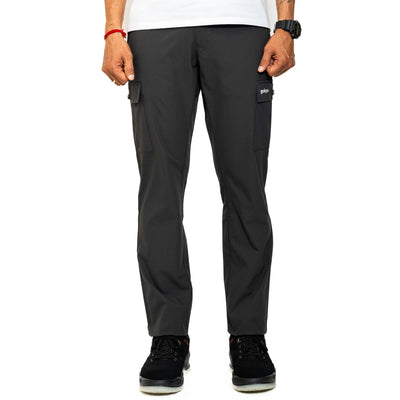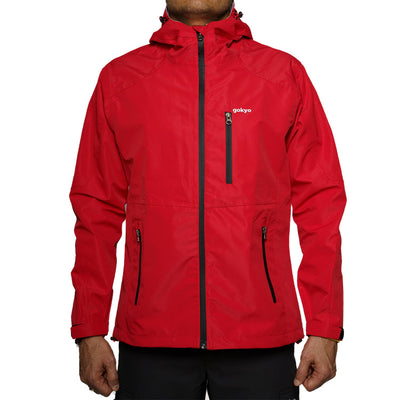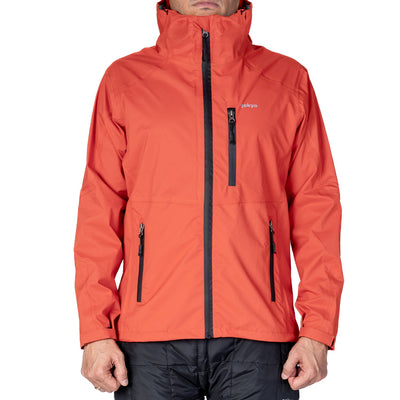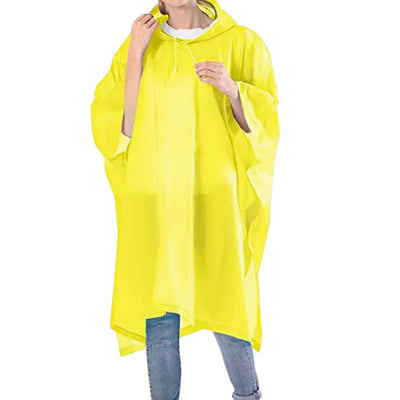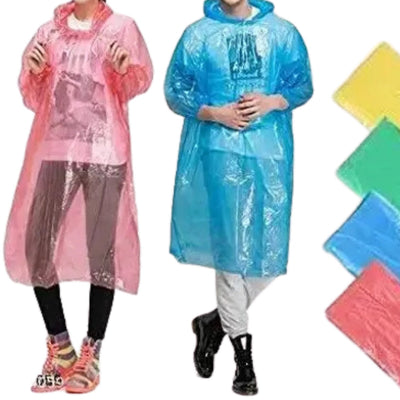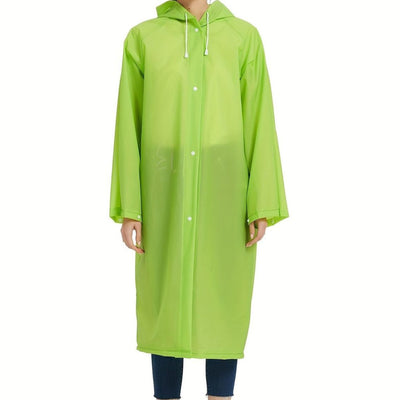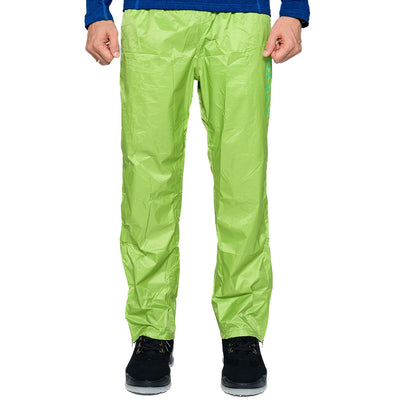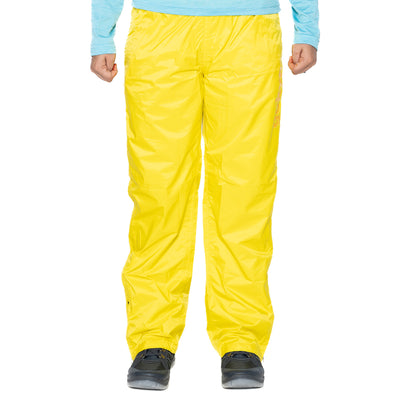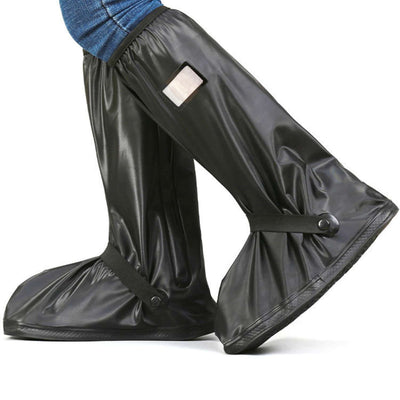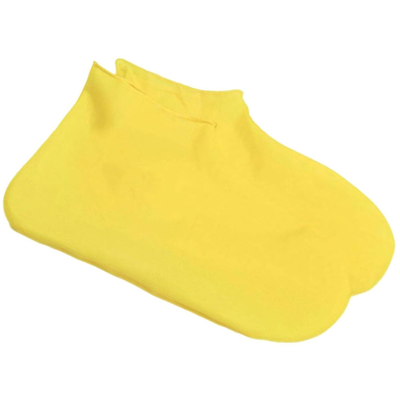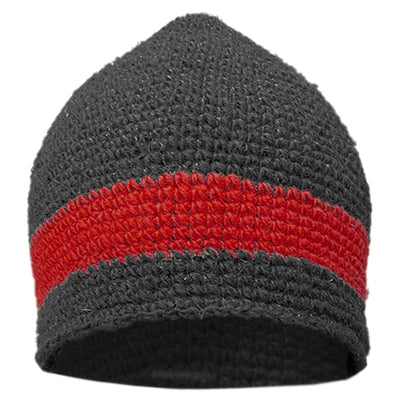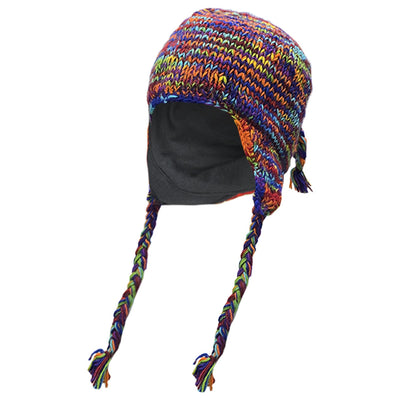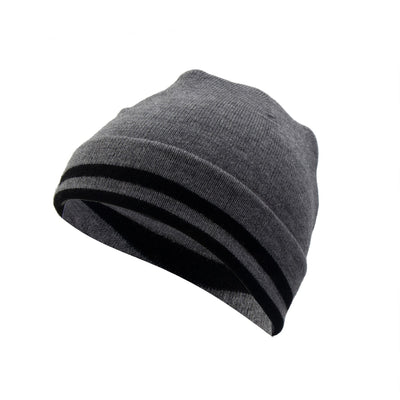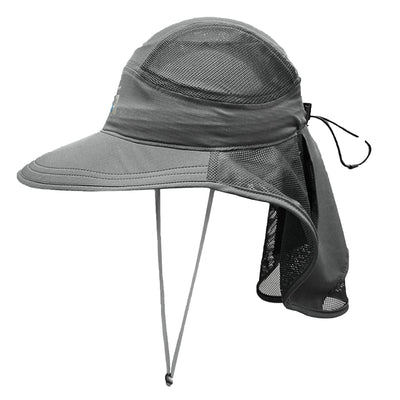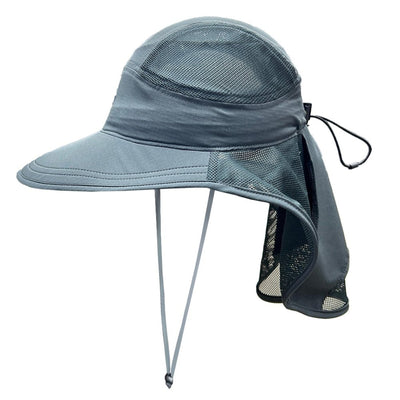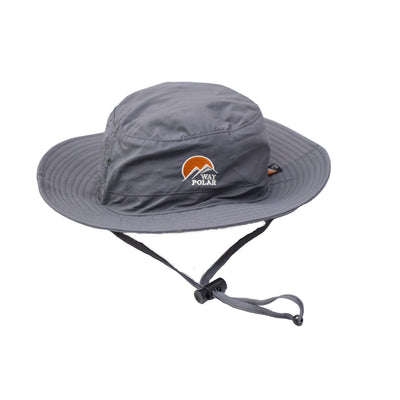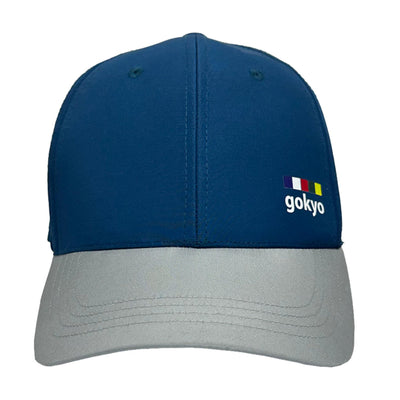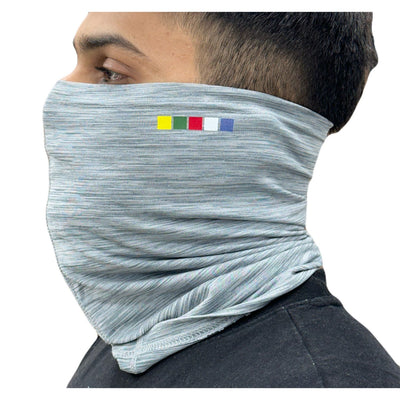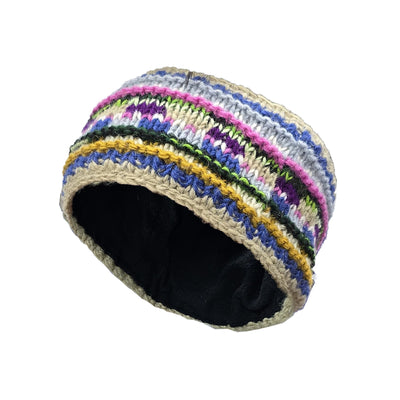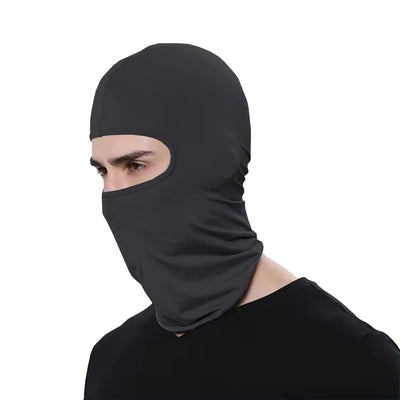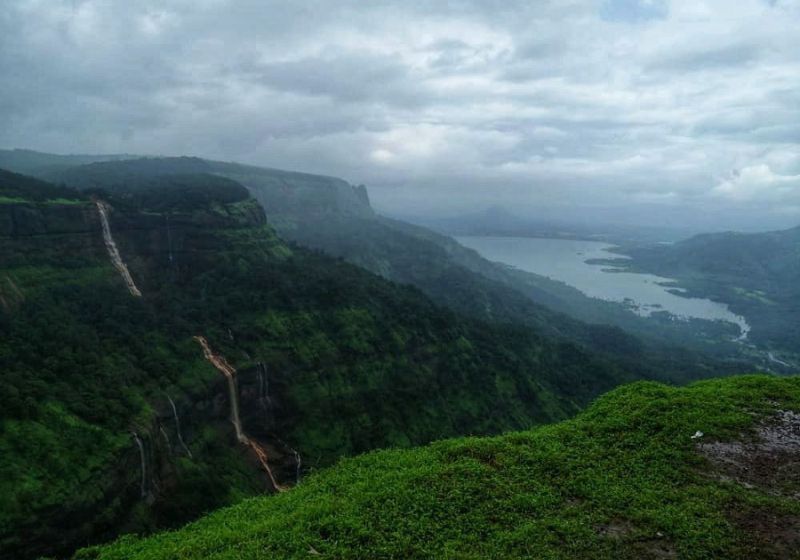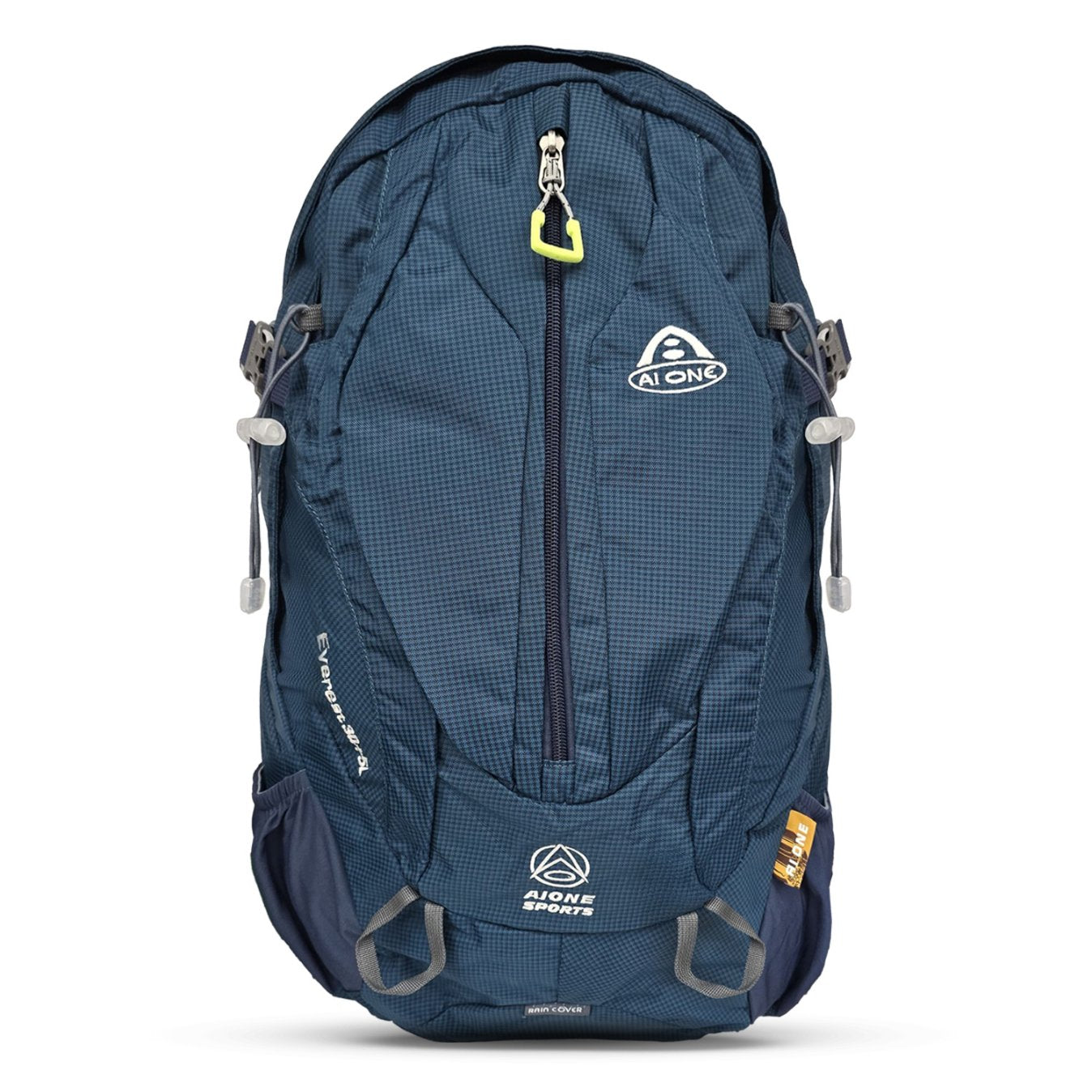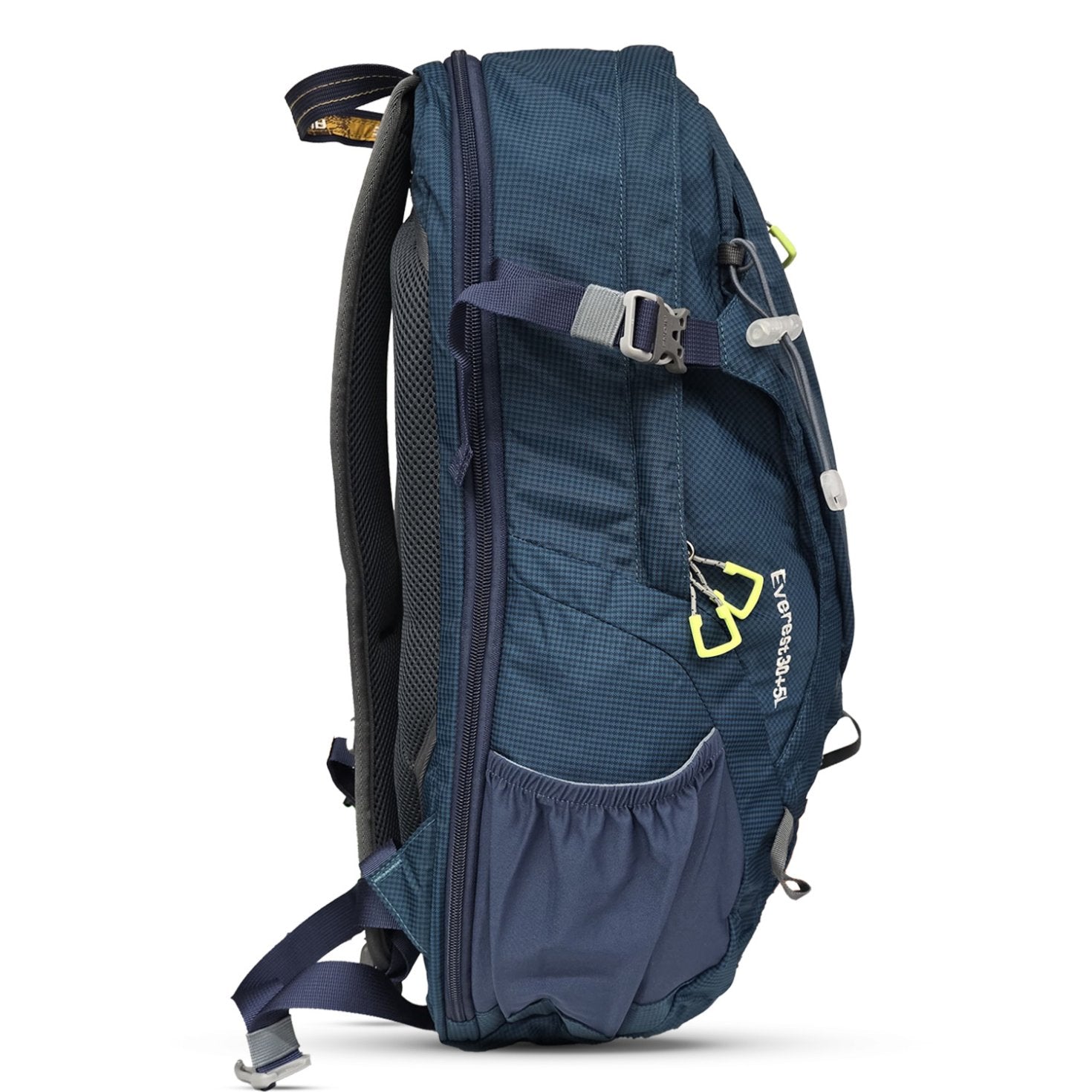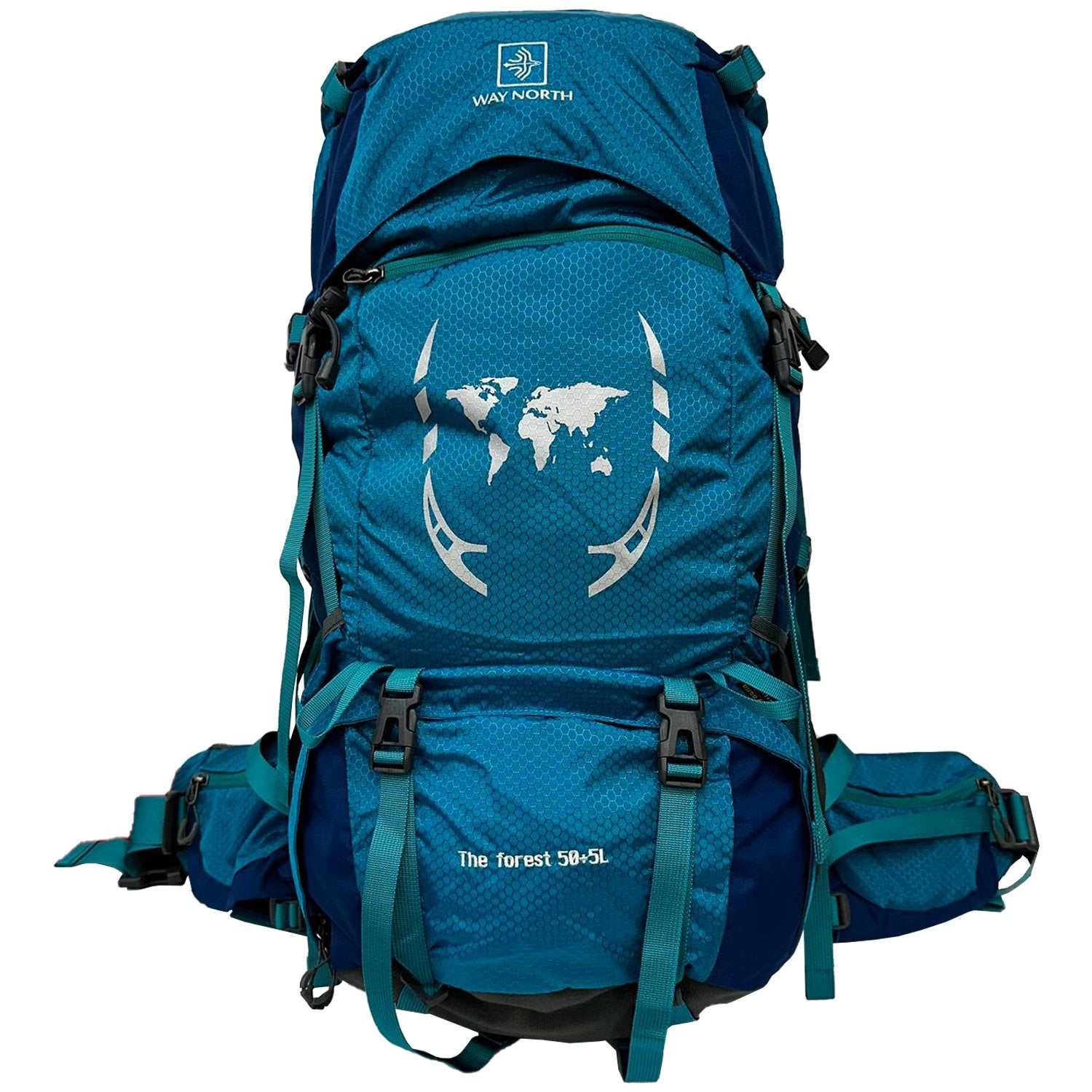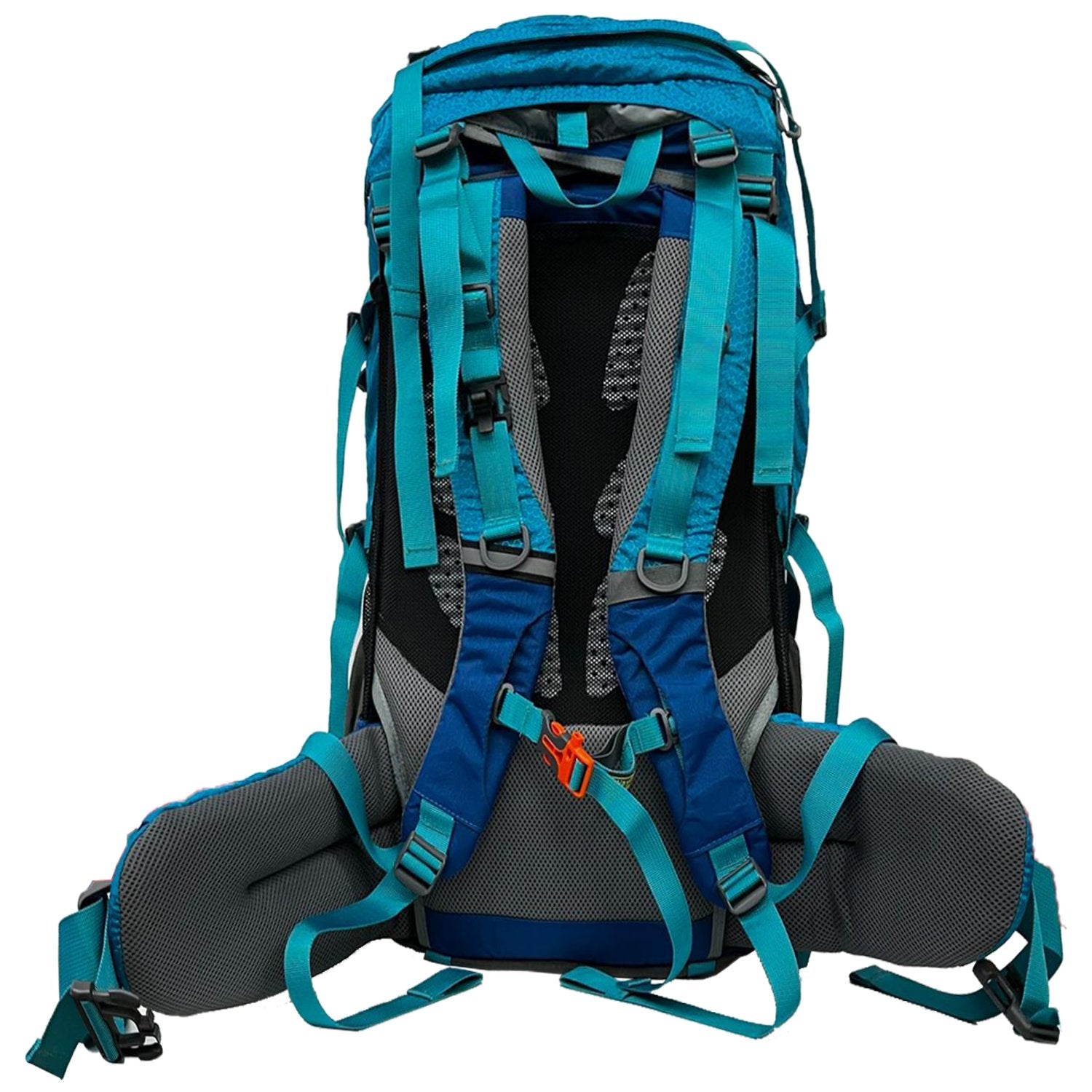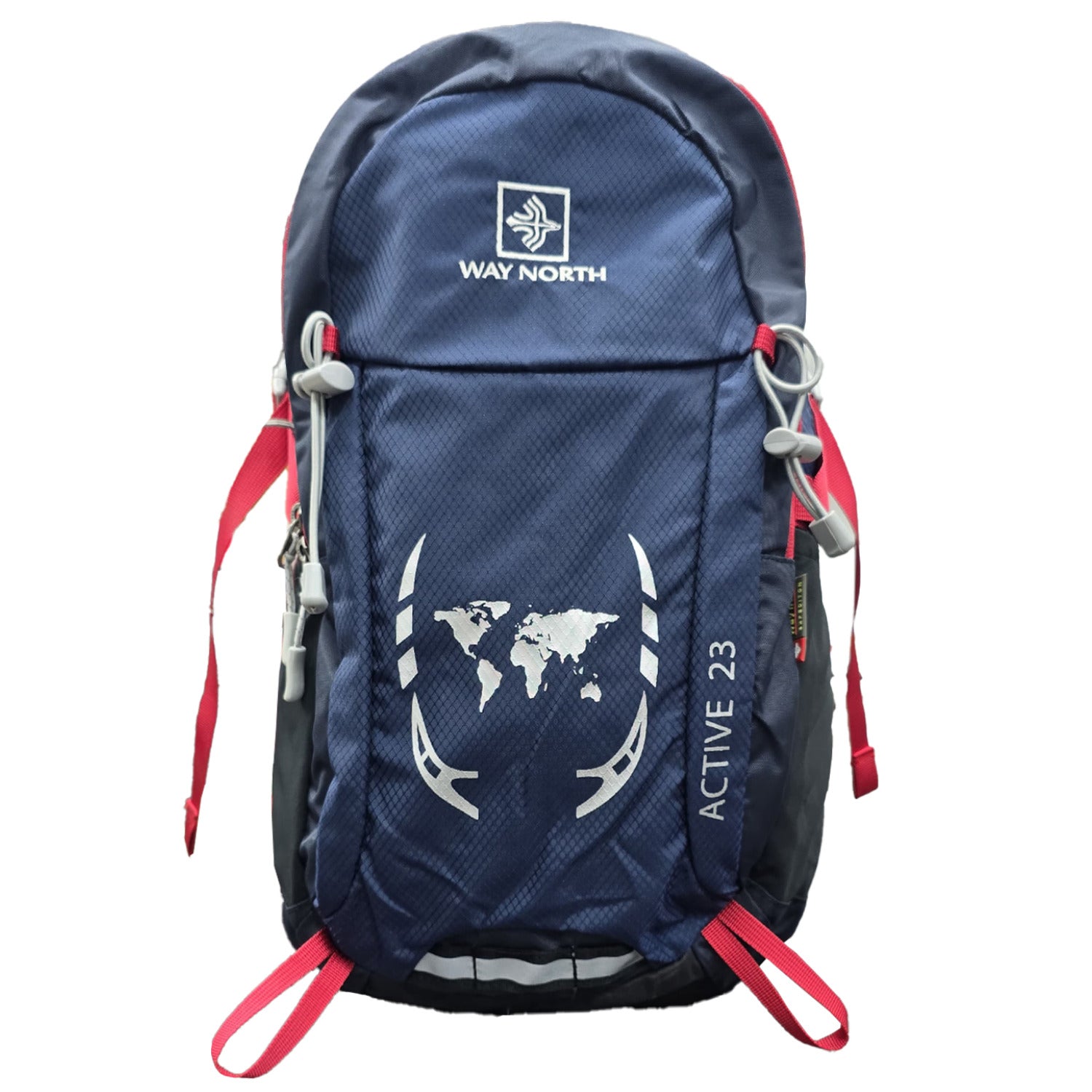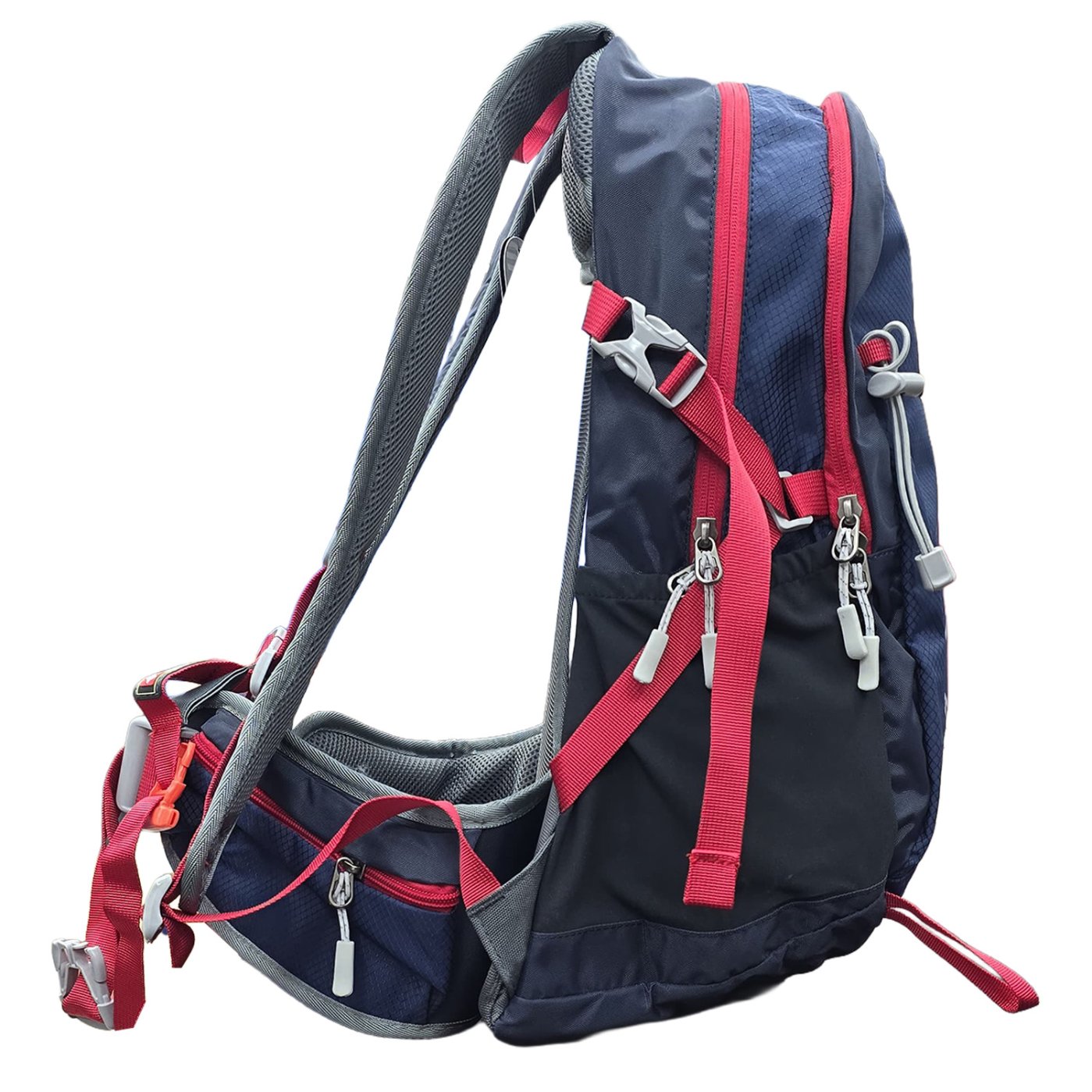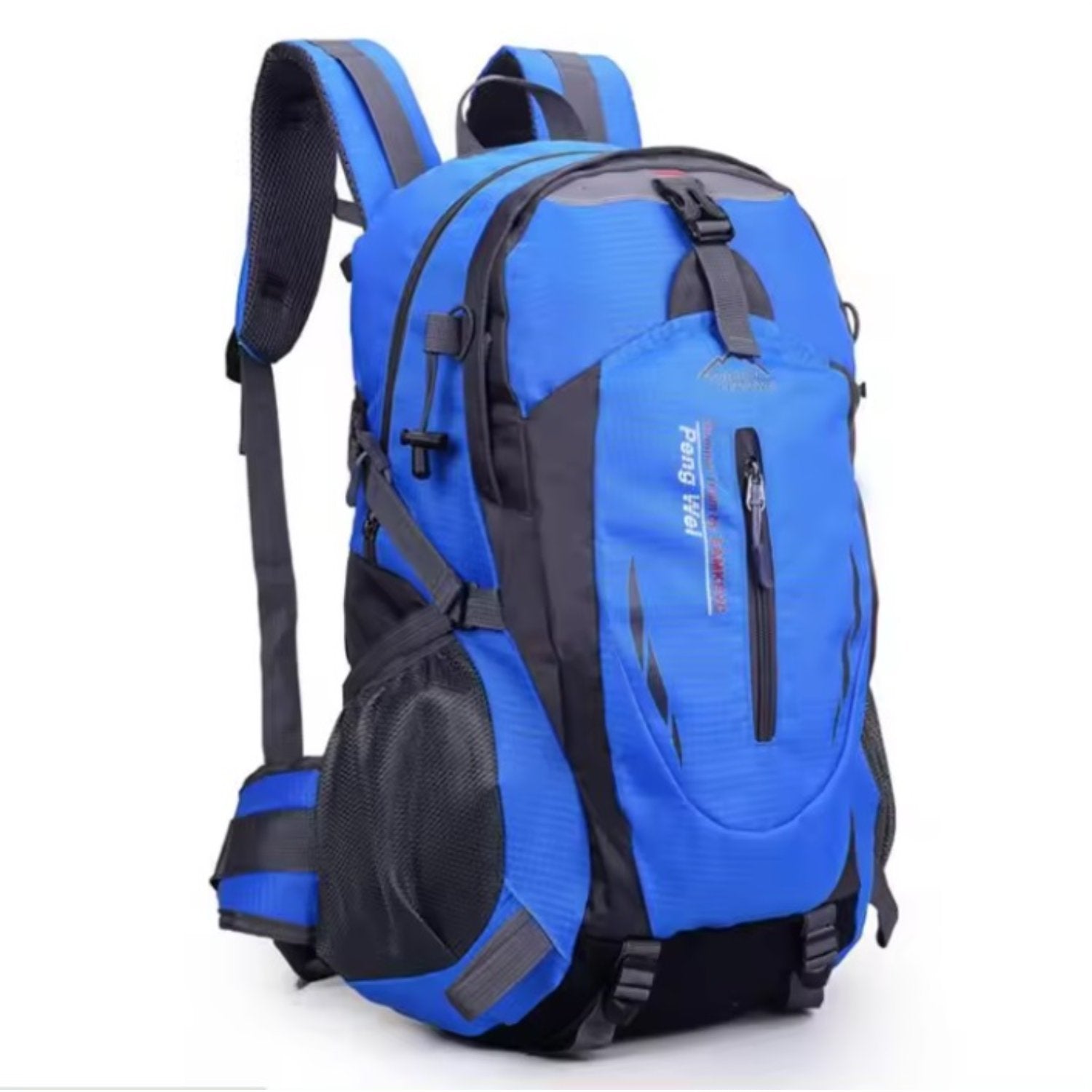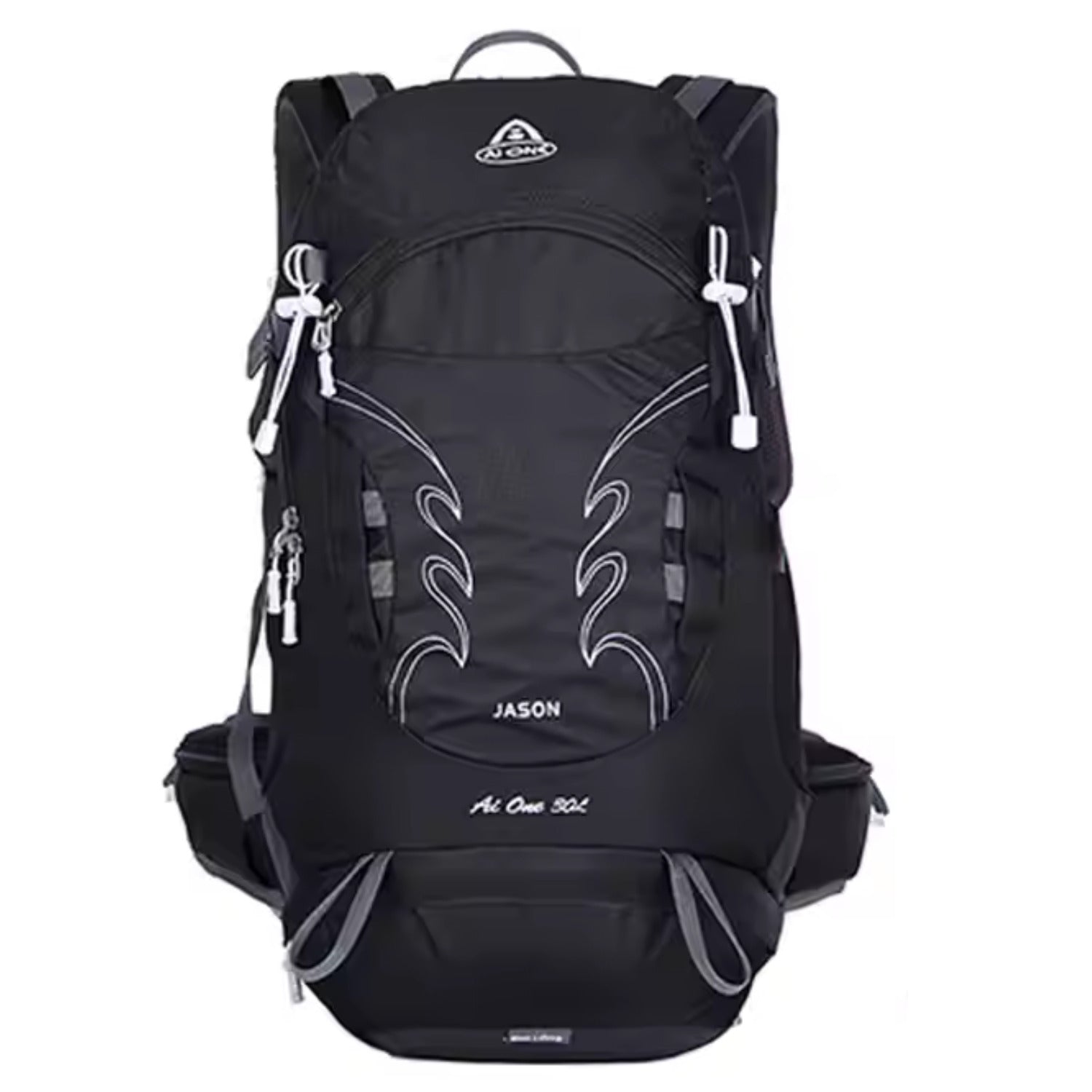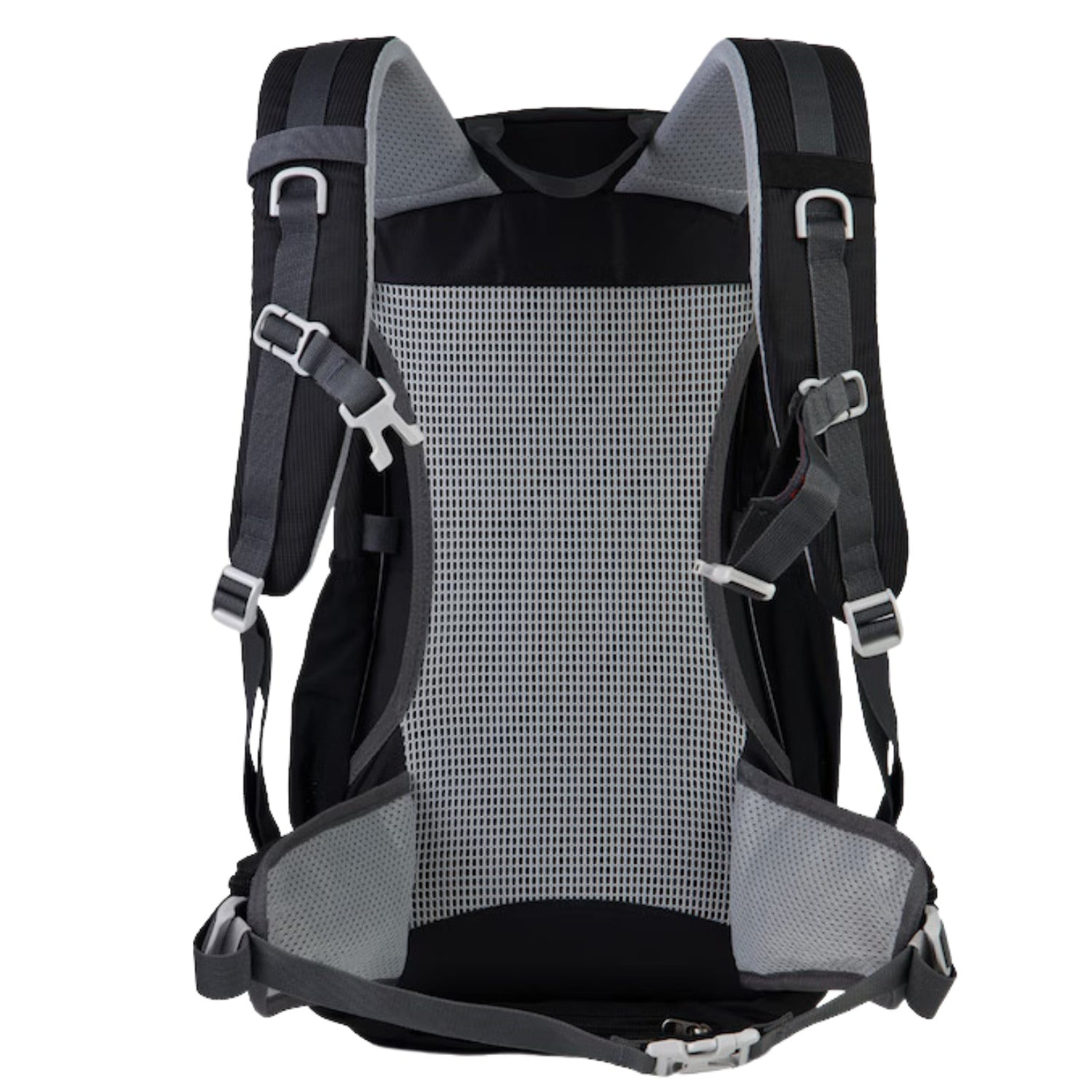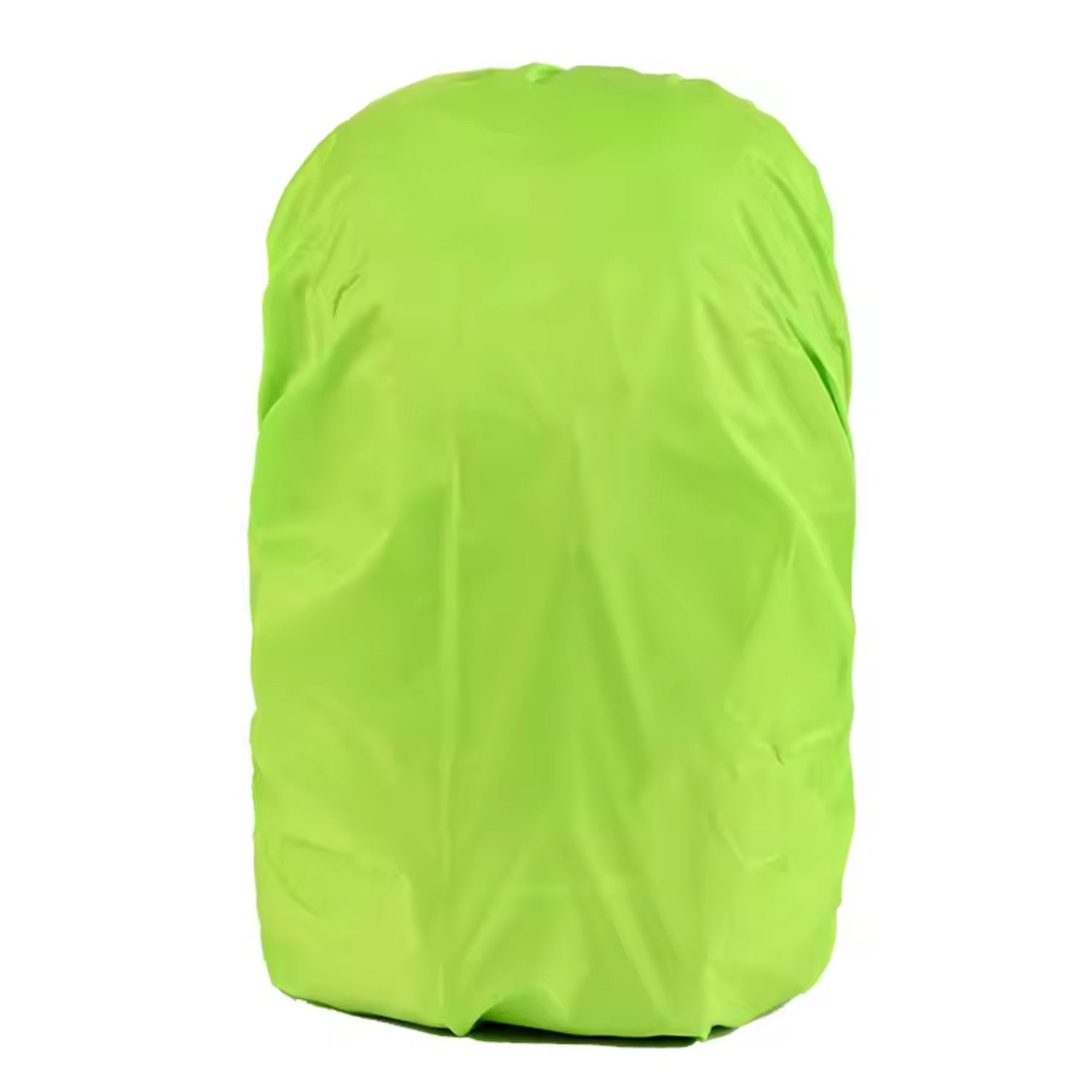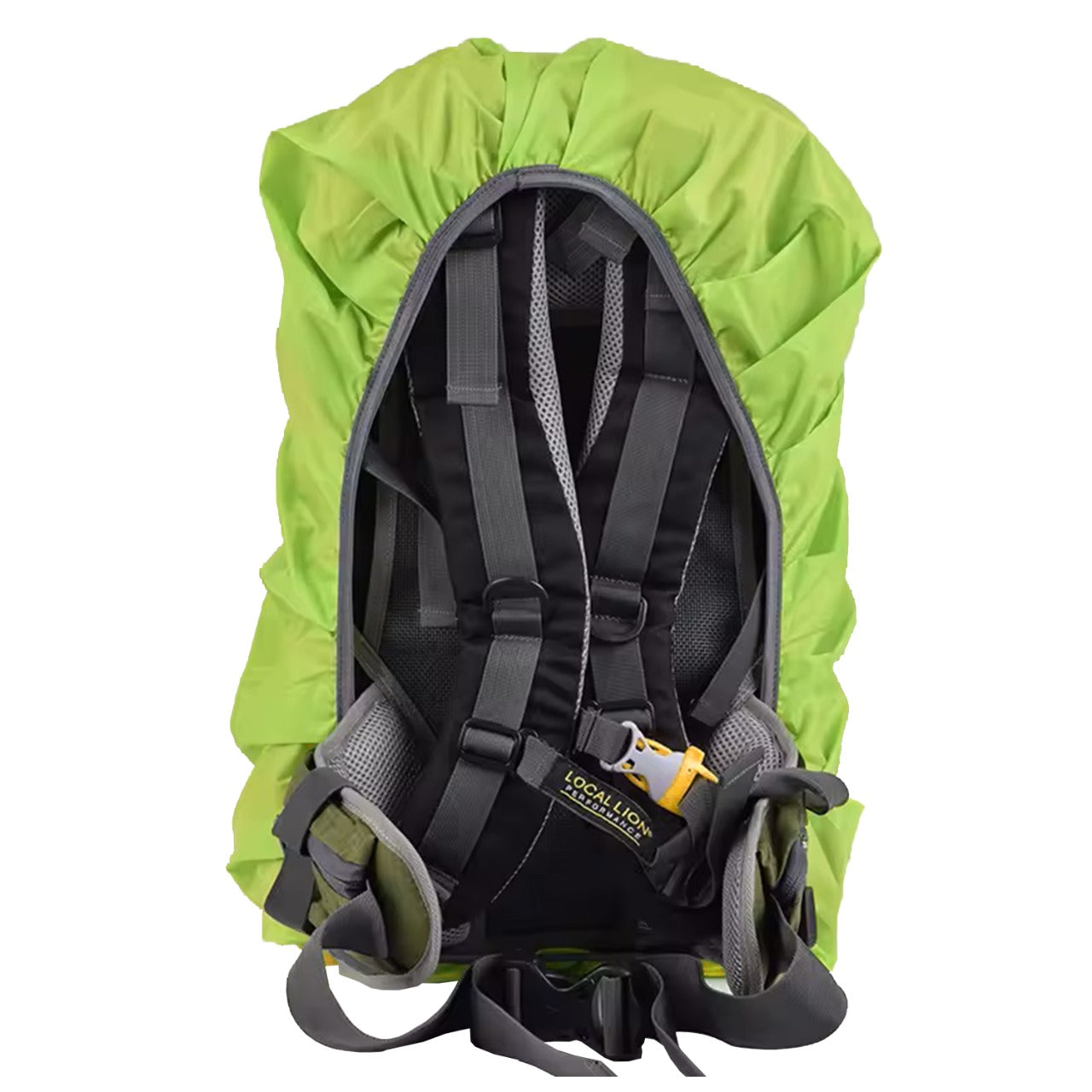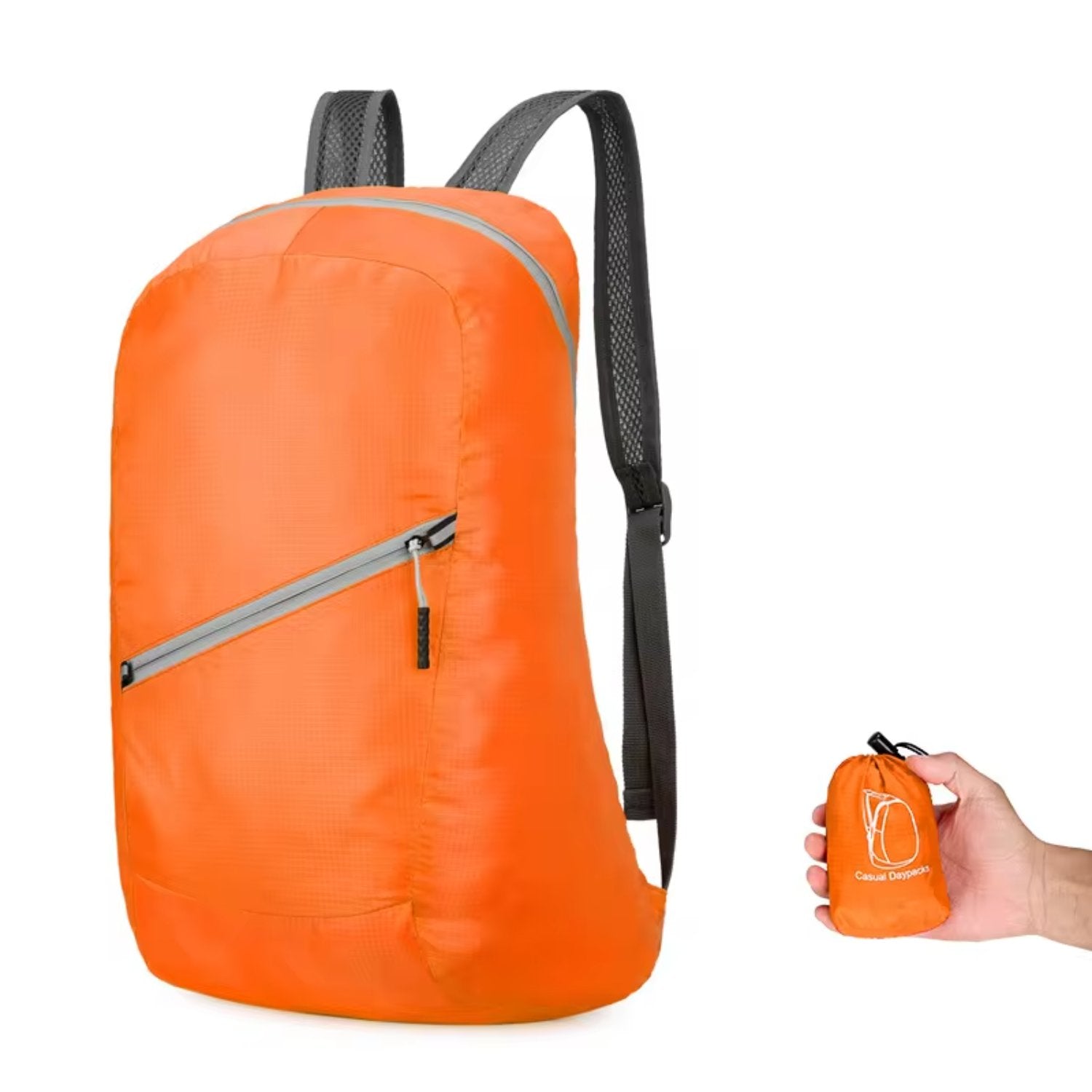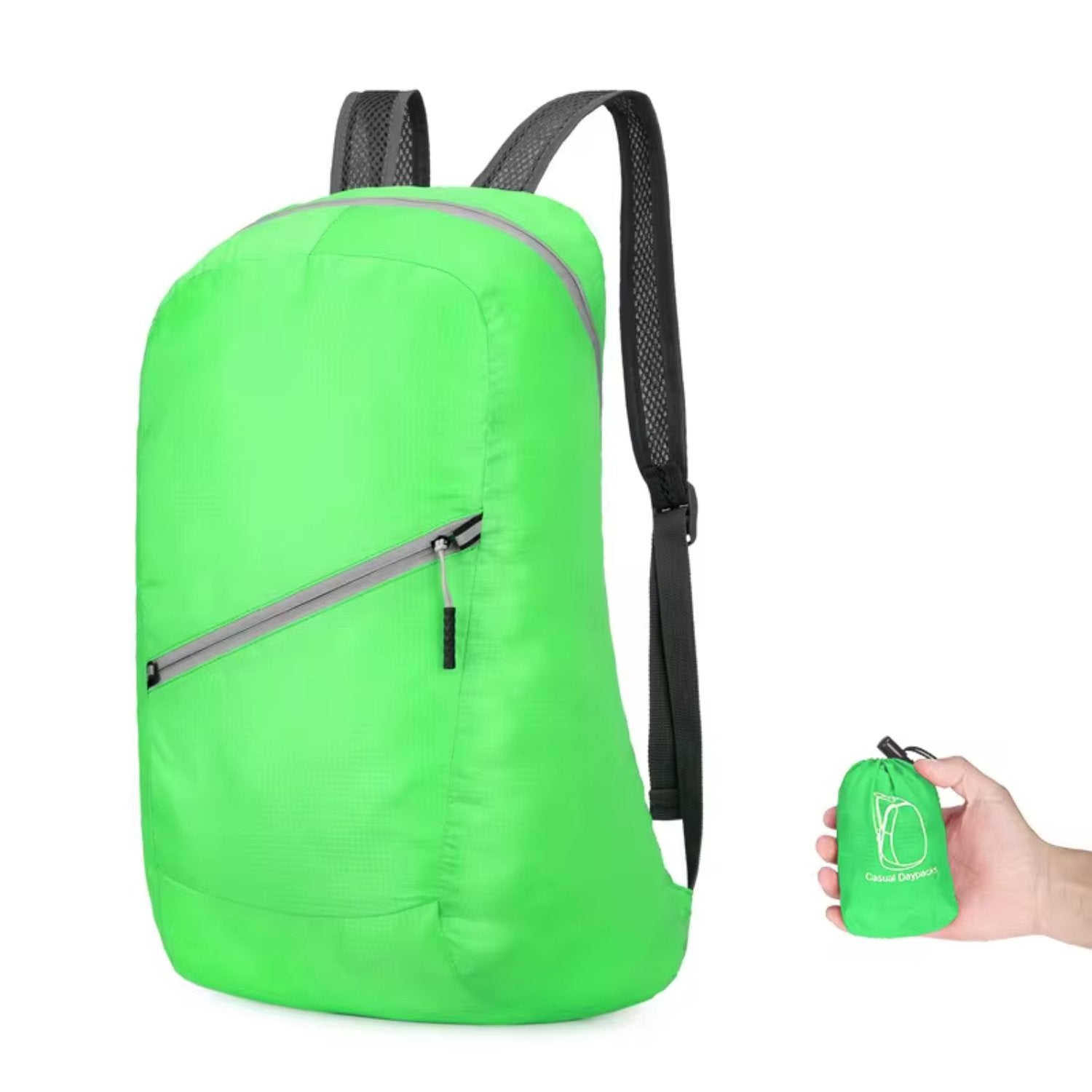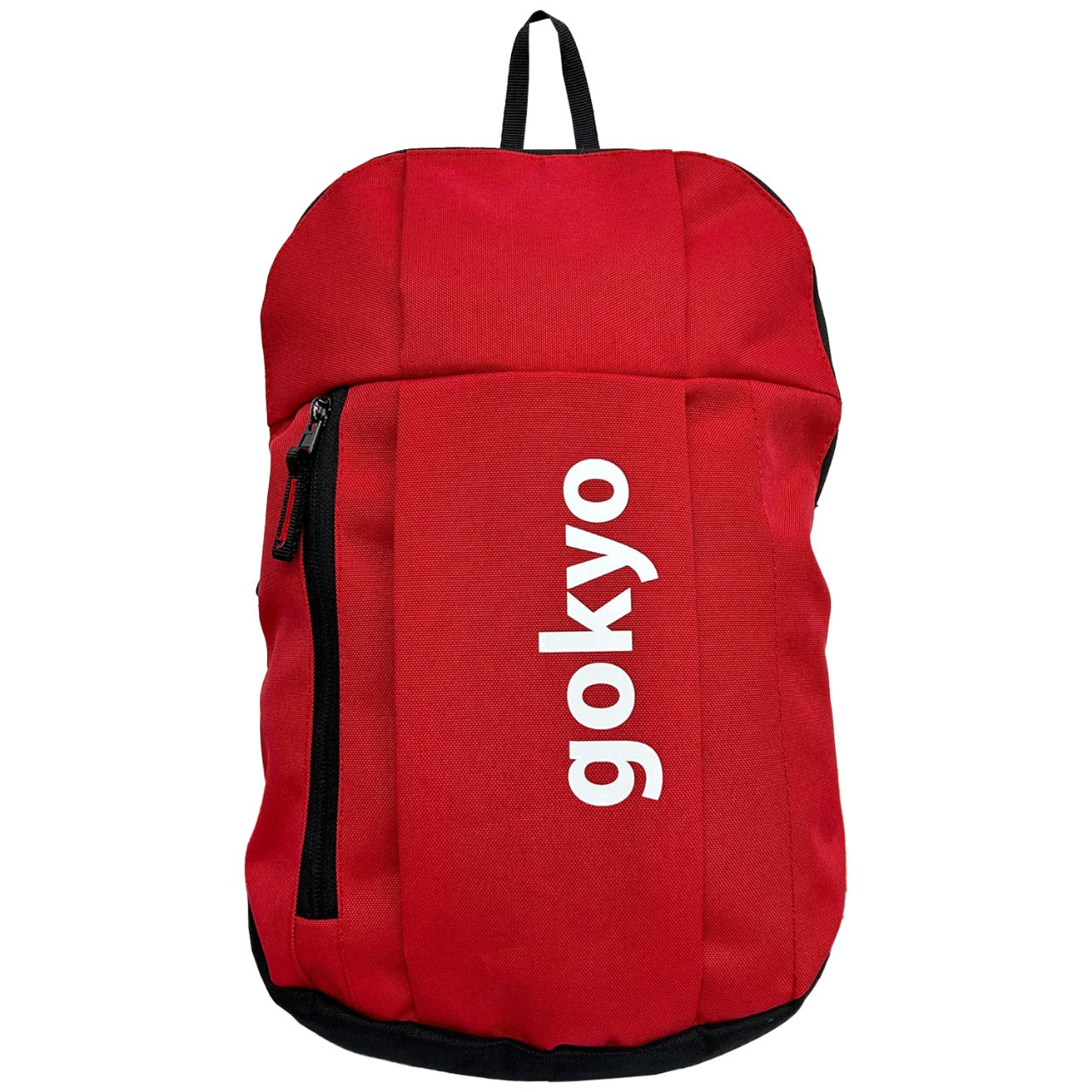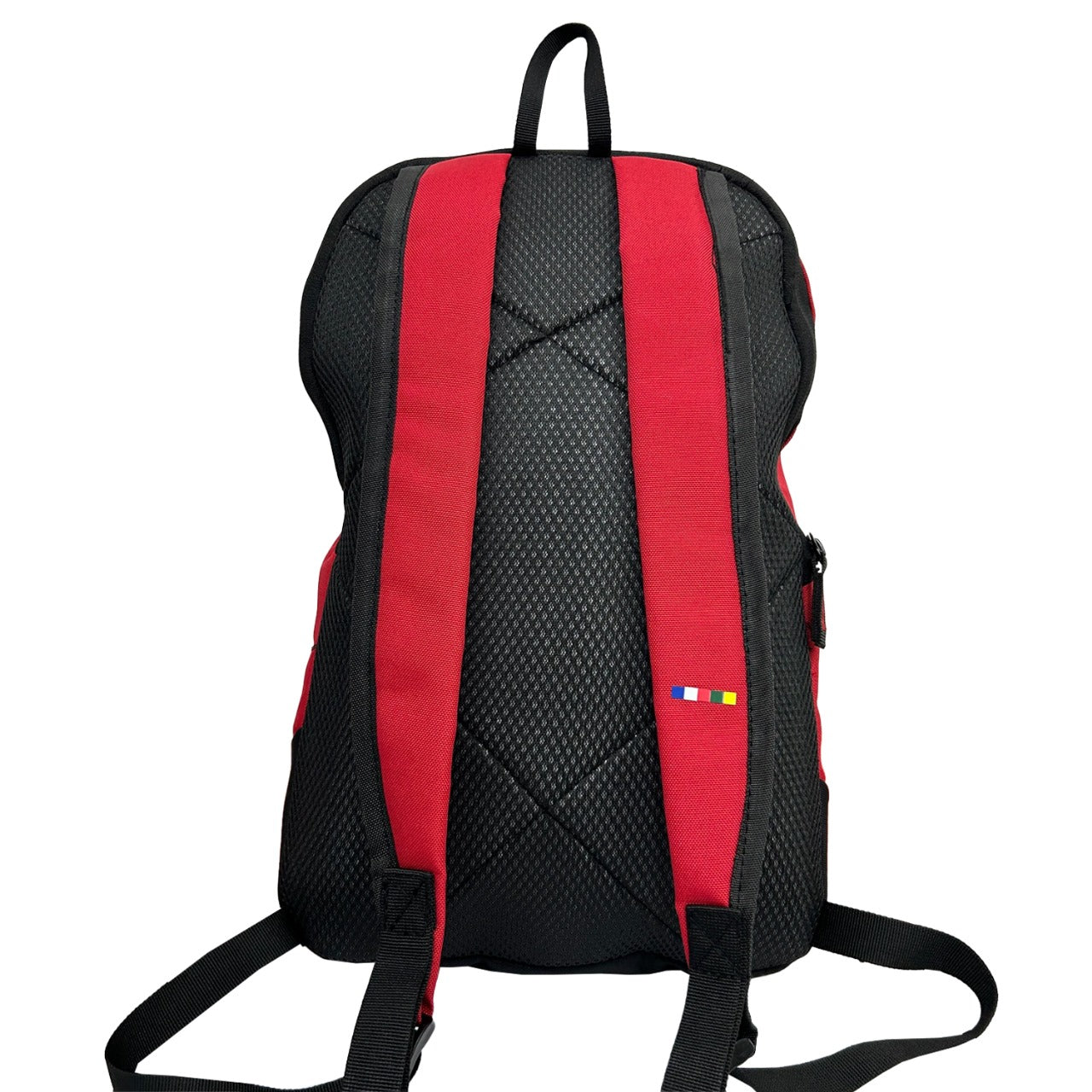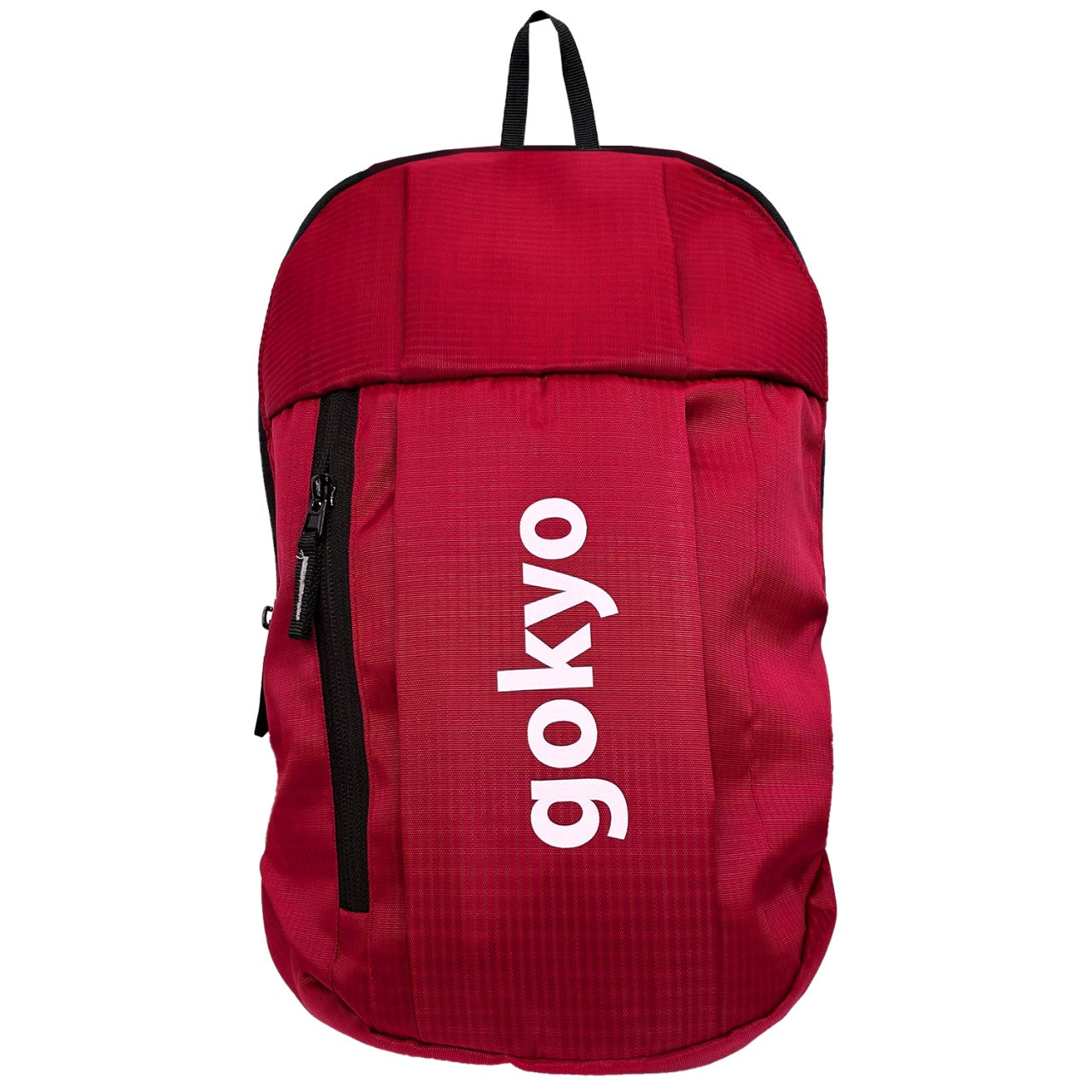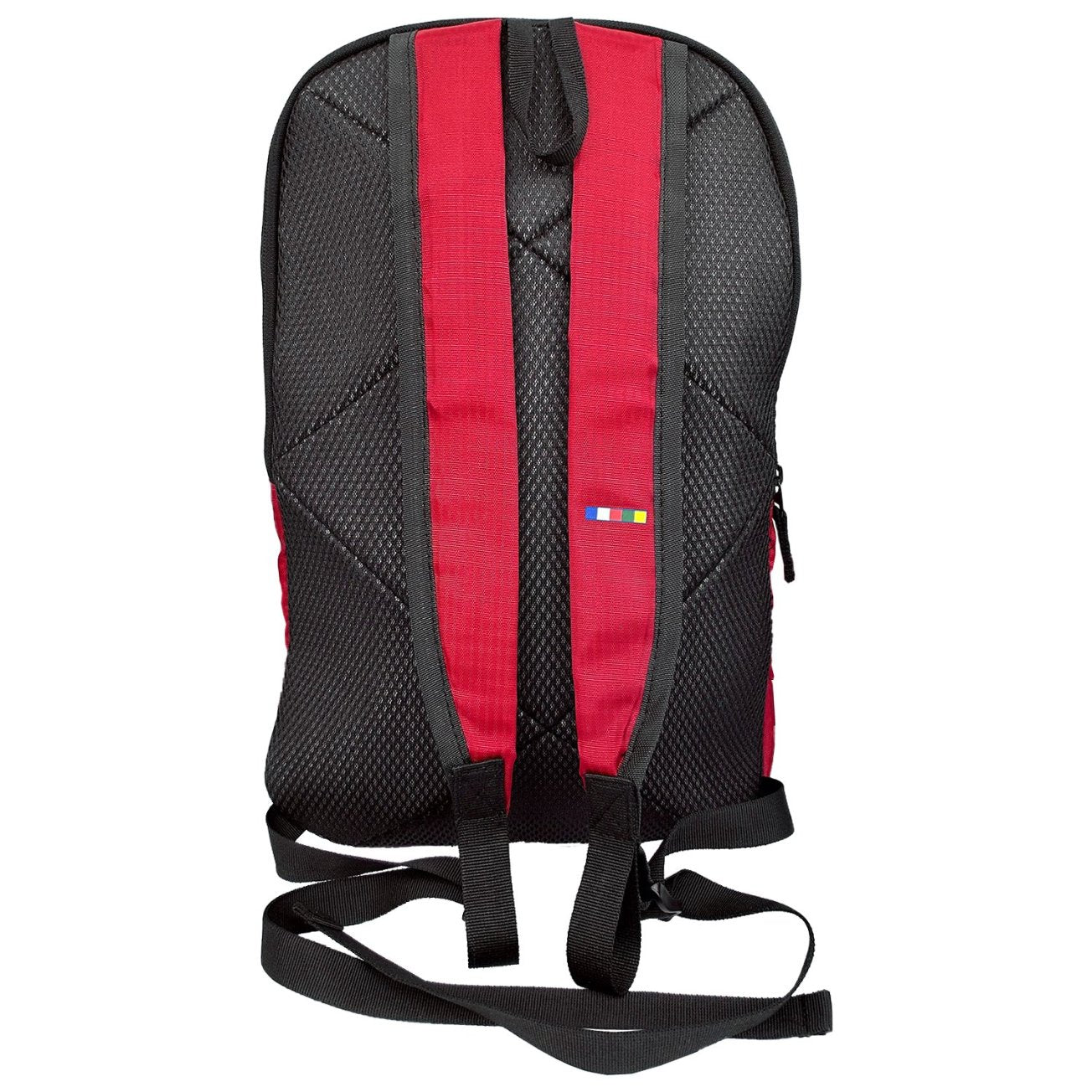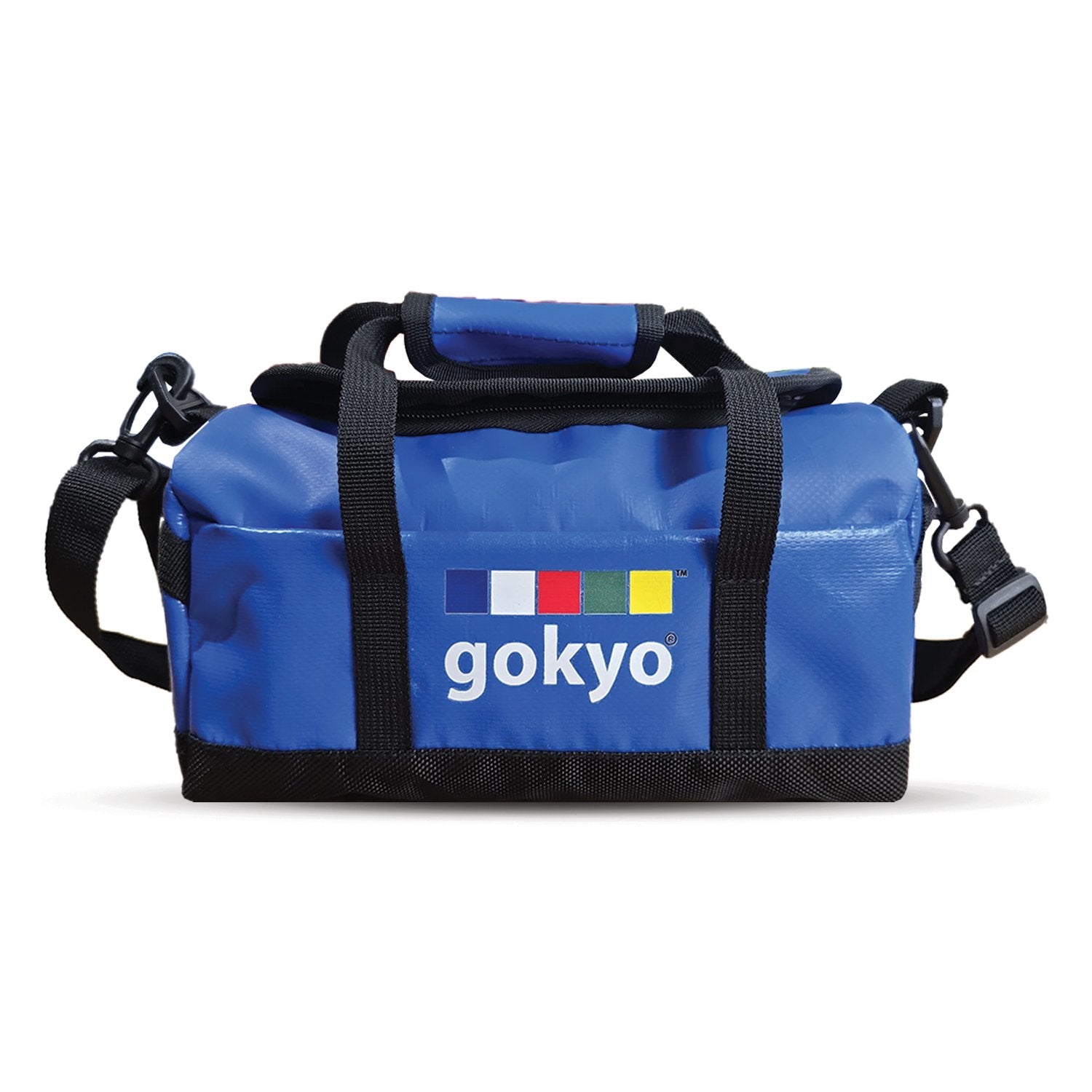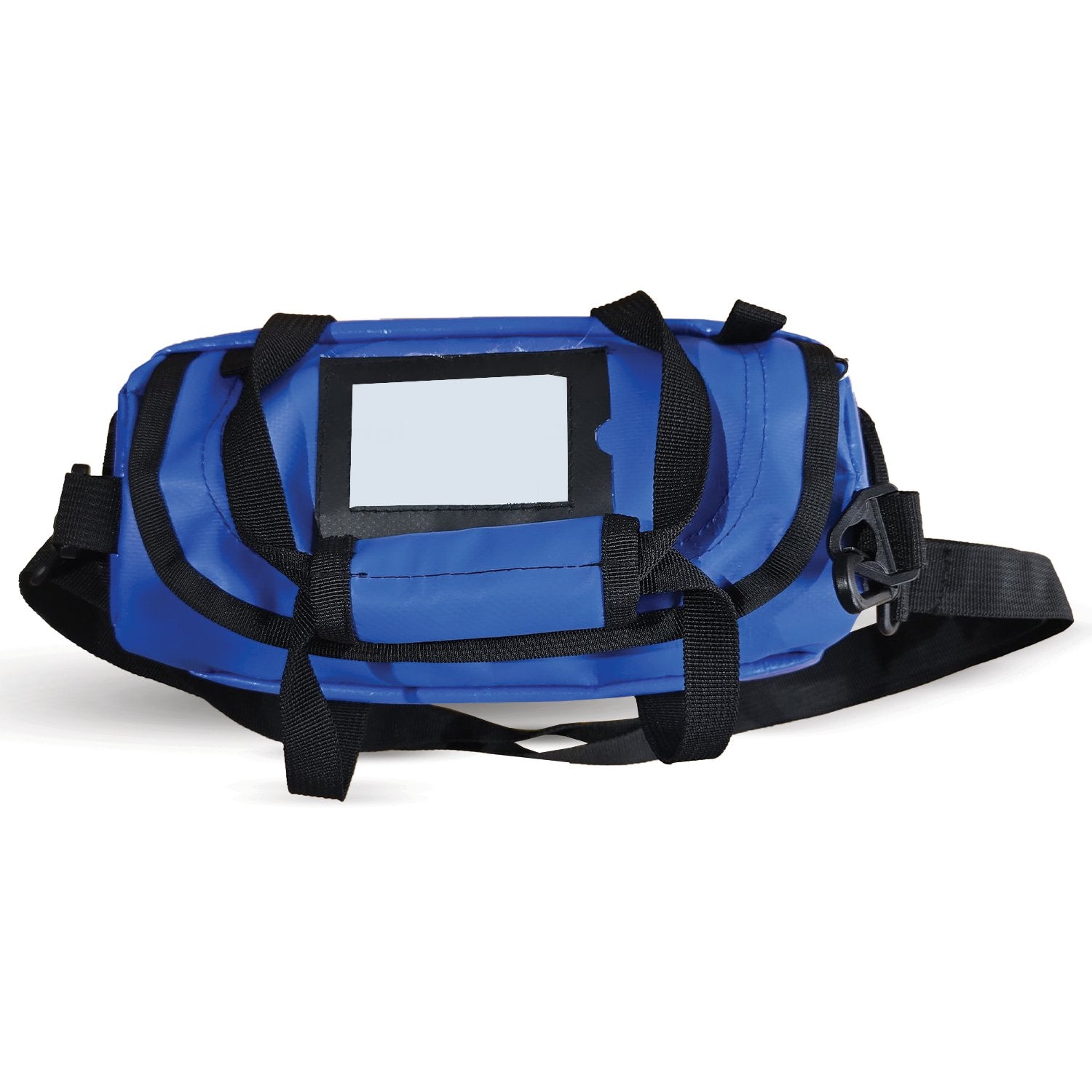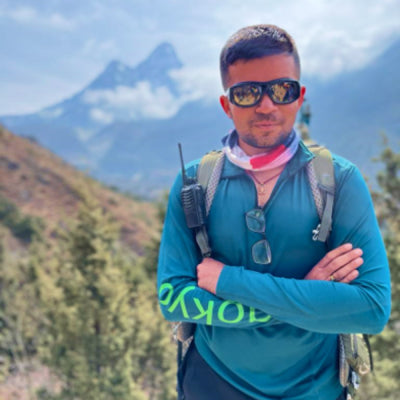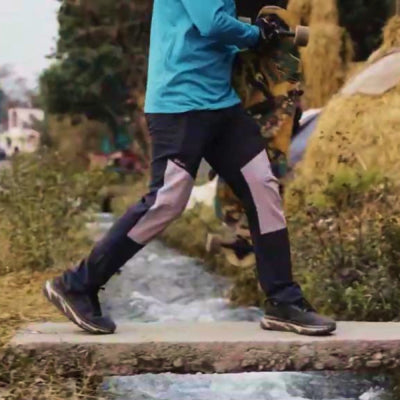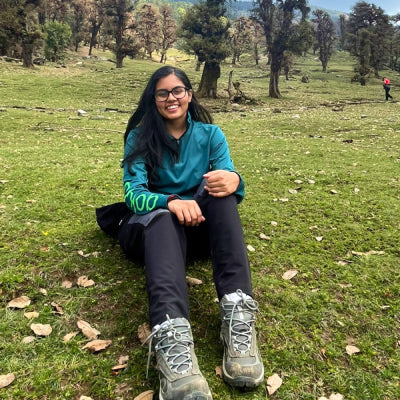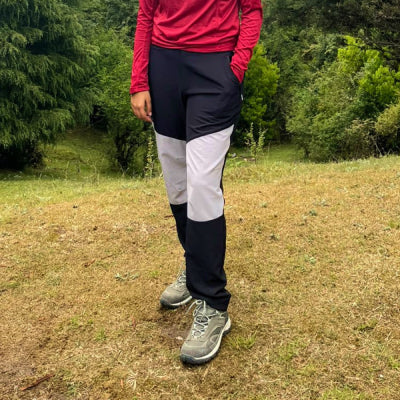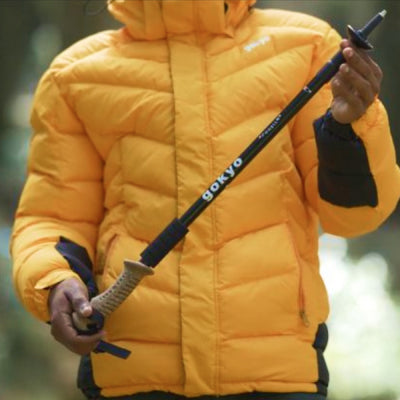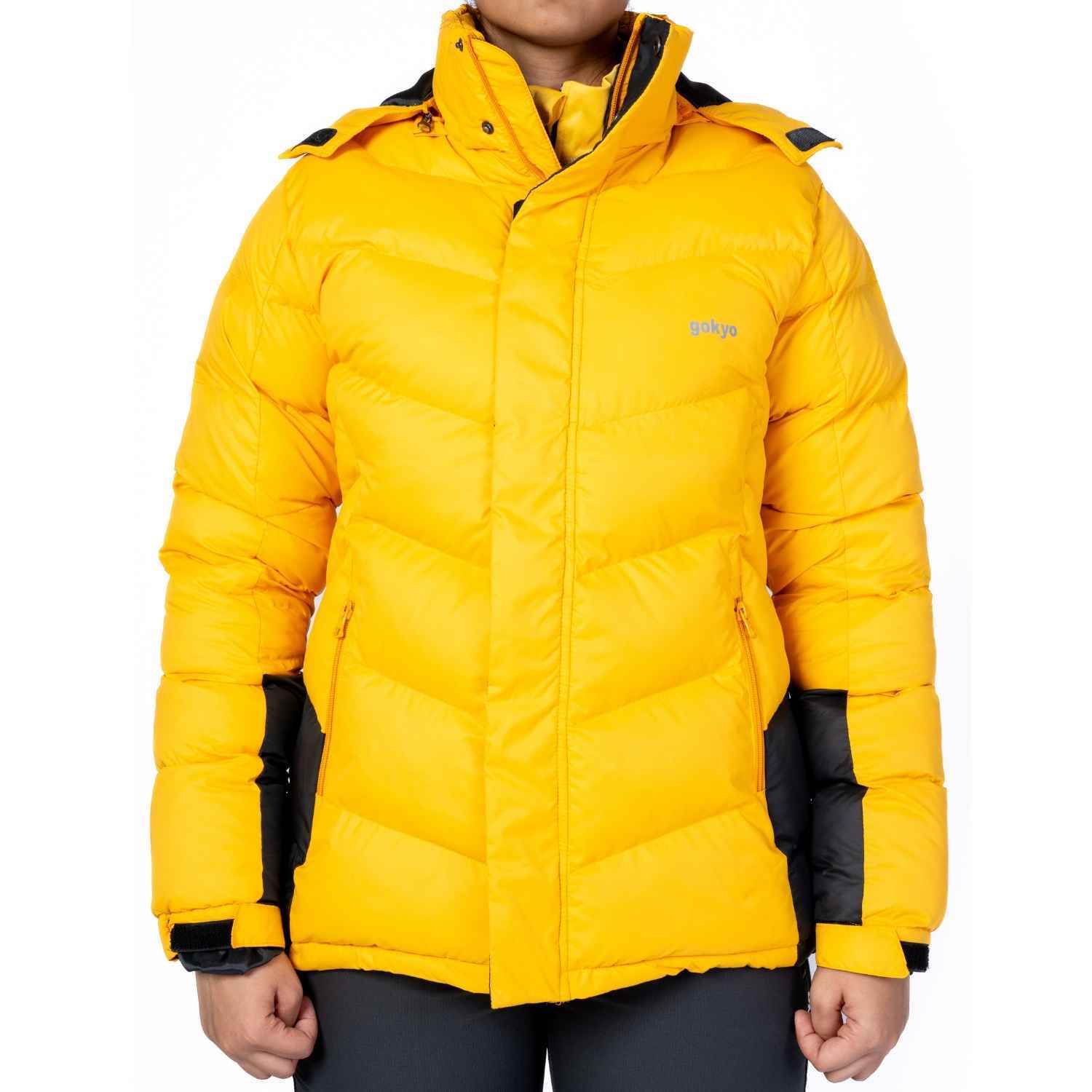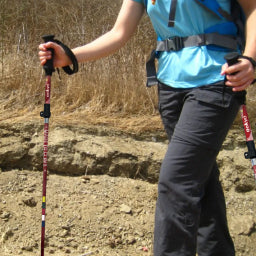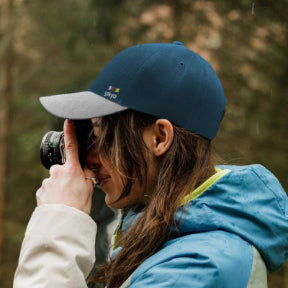Best Time to Do the Hampta Pass Trek
If there’s a trek that offers both Himalayan drama and effortless charm, it’s the Hampta Pass. Nestled between the lush Kullu Valley and the stark beauty of the Lahaul region, this trail promises alpine meadows, glacial crossings, and shifting landscapes, all packed into one short journey. But timing? That changes everything. Here’s your no-fluff guide to when to go, how to pack smart, and how to experience Hampta with your senses wide open.
When Is the Ideal Time?
Late May to Mid-June: As winter’s grip loosens, the trail opens up with melting snow bridges, gurgling streams, and shy blossoms. The meadows below are still waking up, and every step feels like discovering something new.
Late September to Mid-October: Post-monsoon clarity paints the mountains gold. The skies are crisp, the views dramatic, and the air free from bugs or thick clouds.
Why These Windows Work
1. Trail Safety: In summer, rivers are manageable, and snow still clings to higher slopes. Come autumn, dry paths and steady weather make trekking safe and comfortable. Anything outside these windows? Think muddy chutes or risky snowbanks.
2. Scenic Drama: In early summer, wildflowers bloom wildly; by autumn, the trail is lined with golden maple, and the landscape shifts into something cinematic.
3. Avoid Overcrowding: Avoid the monsoon crowd and the December snow rush. These shoulder seasons offer solitude with scenery.
How Hampta Pass Feels Through the Seasons
Late May – June:
This is the wild phase. You cross snow bridges, tiptoe around swelling streams, and watch as white landscapes give way to green. It feels untouched and thrilling.
July – August:
Give this season a pass. The rains turn trails slippery, water levels rise dangerously, and visibility often disappears. It’s only for pros with serious gear and guidance.
September – October:
Call this the golden phase. Clear skies stretch for miles, foot traffic thins out, and day temperatures hover around 10–15°C. Nights get nippy, but the stars are worth it.
A Trek That Lives in the Heart
Two Valleys, One Journey
Hampta is a trek of contrasts. On one side, you get the pine forests and green meadows of Kullu; on the other, the dry, lunar-like terrain of Lahaul. It’s not just a physical crossing—it’s a mental one. You begin in abundance, end in solitude.
Everyday Moments That Stay
You’ll cross rivers barefoot, scramble up ridges, sip chai at remote stalls, and laugh with strangers around a campfire. Hampta doesn’t pamper, but it connects—and that’s its beauty.
Extended 4-Day Itinerary (Live It, Don’t Just Hike It)
Day 0 – Manali Arrival
Settle into your guesthouse, explore pine trails, eat local thalis, and prep mentally for the trail ahead.
Day 1 – Manali → Jobra → Chika
Begin the drive to Jobra. Start walking through forests and along riverbeds. Reach Chika by afternoon. Watch sunset kiss the cliffs goodnight.
Day 2 – Chika → Balu Ka Ghera
This is your strength test. Steep climbs, stream crossings, and tired calves. But the camp—tucked beside the river—is reward enough.
Day 3 – Balu Ka Ghera → Hampta Pass → Chatru
Summit day. The climb is intense. As you reach the pass, peaks rise around you like a cathedral of stone and snow. The descent into Lahaul feels like stepping into another story.
Day 4 – Chatru → Roadhead → Manali
Final descent. The ride back is quiet—bodies aching, hearts full.
What to Pack (And What to Leave Behind)
1. Smart Clothing Choices
You don’t need bulk; you need versatility. Travel pants are gold here, stretchy, warm, and weather-proof. Pair them with moisture-wicking layers and a light fleece. For sudden weather shifts, pack a windcheater or lightweight raincoat.
2. For Your Feet
Footwear is non-negotiable. Choose balanced trekking shoes, not too soft, not too stiff. You’ll need grip and ankle support. A second pair of clogs or sandals is ideal for campsites where your feet need to breathe.
3. Your Backpack Setup
A mid-sized trekking bag (45–55L) is perfect. Use dry bags or sacks inside to separate damp clothes from electronics. Don’t overpack. Carry light, move free.
4. Don’t Forget
A rain cover for bags is essential. Also, add a lightweight pair of cargo shorts for warmer trail sections.
Must-Have Trekking Pants for Outdoor Enthusiasts
Taste the Trek: What You’ll Eat (and Crave Again)
Off-Trail Cravings
Manali’s cafes are comfort-packed. Think rajma-chawal, parathas, and steaming Maggi. Perfect fuel pre- and post-trek.
On the Trail
Small dhabas dot the route. Stop for chai, it tastes better with a Himalayan view.
Easy Camp Meals
You don’t need a gourmet. Think boiled chickpeas, nuts, instant oats, or chapati wraps. Add sugar-free electrolyte powder to your water bottle—keeps energy steady and cramps away.
Energy-Boosting Food and Supplements for Trekking and Travel
Must-Pack Extras You’ll Actually Use
- Travel Pants: Wind-proof, flexible, and breathable.
- Caps for Men/Women: Protects from the sun during the day and holds warmth in early mornings.
- Water Bottles with Built-in Filters: Fresh water from streams, minus the worry.
- Toiletry Bags: Keep things compact and private.
- Boiled Chickpeas & Trail Mix: Easy snacks that don’t spoil.
Tips to Tread Light
- Go with dry sacks, not extra duffles. Organize gear smartly inside your main pack.
- Your trekking shoes matter more than your jacket. Invest in comfort.
- Weather changes fast—carry that rain poncho even if it looks clear.
- Sleeping under stars? Pure joy. But if the stream swells or wind rises, your tent is your best bet.
Packable Rain Ponchos for Unexpected Showers
People Make the Trail, Too
You’ll meet porters who know snow tales and shortcuts, hikers with tired legs but bright spirits, and locals offering simple food that tastes like home. Eco-conscious trekkers leave no trace, carry a zip bag for your waste.
Every smile, every footstep shared, those stay with you long after you return.
Acclimatization & Safety: Don’t Skip This
Listen to Your Body
Breathe deep, move slow, drink often. Your body knows what it’s doing; help it adapt.
Know the Signs
If you feel dizzy, breathless, or nauseated, pause. Gain altitude slowly. A spare fleece and cap help with the chill during rest stops.
Stay Ready
No strong mobile network here. Carry a power bank, a whistle, and share your trail plan in advance.
Frequently Asked Questions (FAQs) : Pack Right, Trek Smart
1. Should I carry electrolyte supplements?
Yes. You lose salt fast while climbing. Adding electrolyte powder to water helps maintain energy and hydration levels.
2. What happens if it rains mid-trek?
Layer up smartly. A light rain poncho can prevent damp clothes, which can lower your body temperature rapidly.
3. Are caps really that important?
Absolutely. Caps for men and women shield from sun exposure and add warmth when temperatures drop.
4. What kind of bag is best?
A 45–55L trekking bag with a rain cover, comfortable straps, and compartments works best.
5. Ideal snacks to pack?
Go light and high-protein: boiled chickpeas, trail mix, and energy bars.
Top Trekking Caps for Outdoor Adventures
Final Thoughts: Not Just a Trek, A Transformation
Hampta Pass isn’t just something to tick off; it’s something that ticks something inside you. From the dark-green forests of Kullu to the moonlike terrain of Lahaul, every switchback feels like a dialogue with the wild.
The best time? Late spring or autumn. The best gear? Smart, not heavy. The best mindset? Open.
Walk gently. Breathe deeply. Let the trail do what it does best: remind you how vast, raw, and incredibly alive the world still is.



